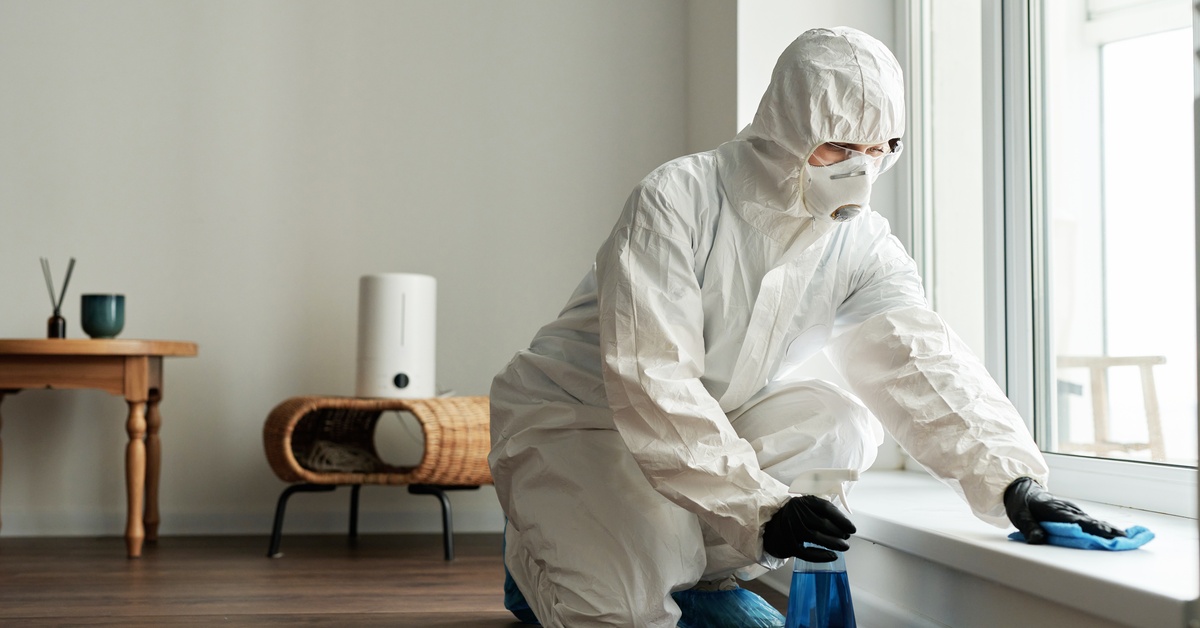
When unwanted smells invade your space, they can disrupt daily life and create serious health concerns. However, eliminating the smell can be challenging. Whether you’re dealing with pet odors, smoke damage, or biohazard contamination, understanding the science behind odor removal helps you make informed decisions about effective treatment options.
What Causes Persistent Odors?
Odors form when volatile organic compounds (VOCs) become airborne and reach your nose. These microscopic particles attach themselves to surfaces, fabrics, and building materials, creating lasting smells that surface cleaning can’t eliminate.
Common odor sources include the following:
- Organic matter: decomposition, pet waste, and food spills
- Chemical compounds: tobacco smoke, cleaning products, and industrial materials
- Moisture-related issues: mold, mildew, and bacterial growth
- Fire and smoke damage: soot particles and combustion byproducts
How Traditional Methods Fall Short
Air fresheners and surface cleaners often provide temporary relief by overwhelming existing odors with stronger fragrances. These products create a masking effect rather than addressing the root cause. The original odor molecules remain active beneath the artificial scent, eventually breaking through once the masking agent dissipates. This approach wastes time and money while allowing the problem to worsen.
The Role of Chemical Reactions
True odor removal relies on chemical reactions that neutralize odor-causing molecules. Oxidizing agents break down volatile compounds into neutral components, while adsorption materials, such as activated carbon, trap particles on their surface. Enzymatic treatments target organic odors, such as those from pets or food, by breaking them down into non-odorous compounds.
Choosing the Right Technology
Different situations require distinct technologies. For smoke damage, thermal fogging distributes odor-neutralizing compounds deep into porous surfaces. Ozone generators effectively oxidize odor molecules, but they require careful handling due to potential health risks. Modern solutions combine multiple approaches, ensuring comprehensive coverage without leaving residue or secondary odors.
Maintaining Odor-Free Spaces
Preventing odors from returning requires regular maintenance and awareness of potential sources. Proper ventilation reduces moisture buildup, and routine cleaning removes organic residues that can cause lingering smells. Using air purifiers and humidity control systems further limits the growth of odor-causing bacteria and mold.
Why Professional Help Matters
Partnering with professional odor removal companies ensures precision and safety. These experts use tested products and specialized equipment to target odors at the molecular level. By understanding the science behind odor removal, professionals deliver solutions that restore comfort and confidence in any space.
